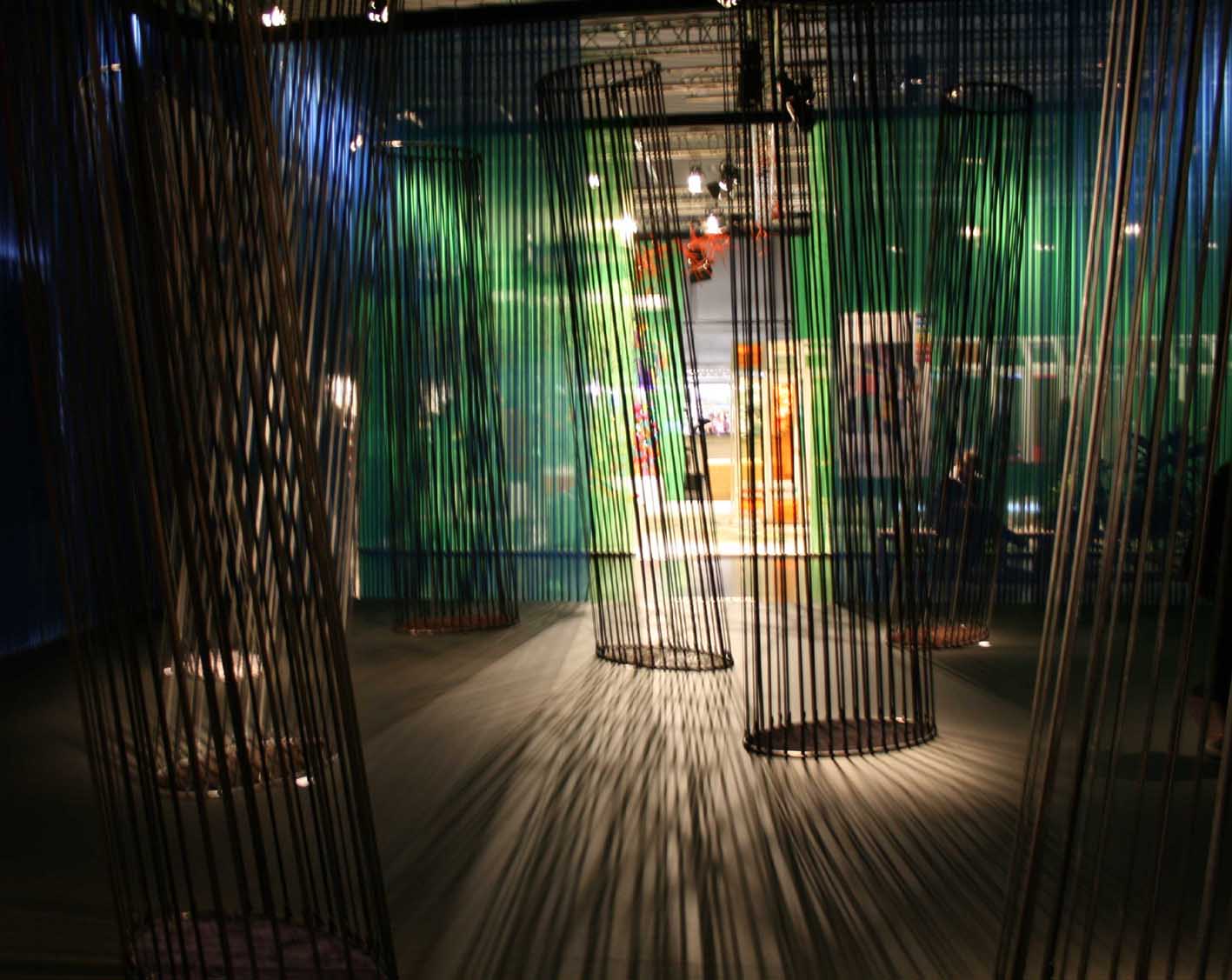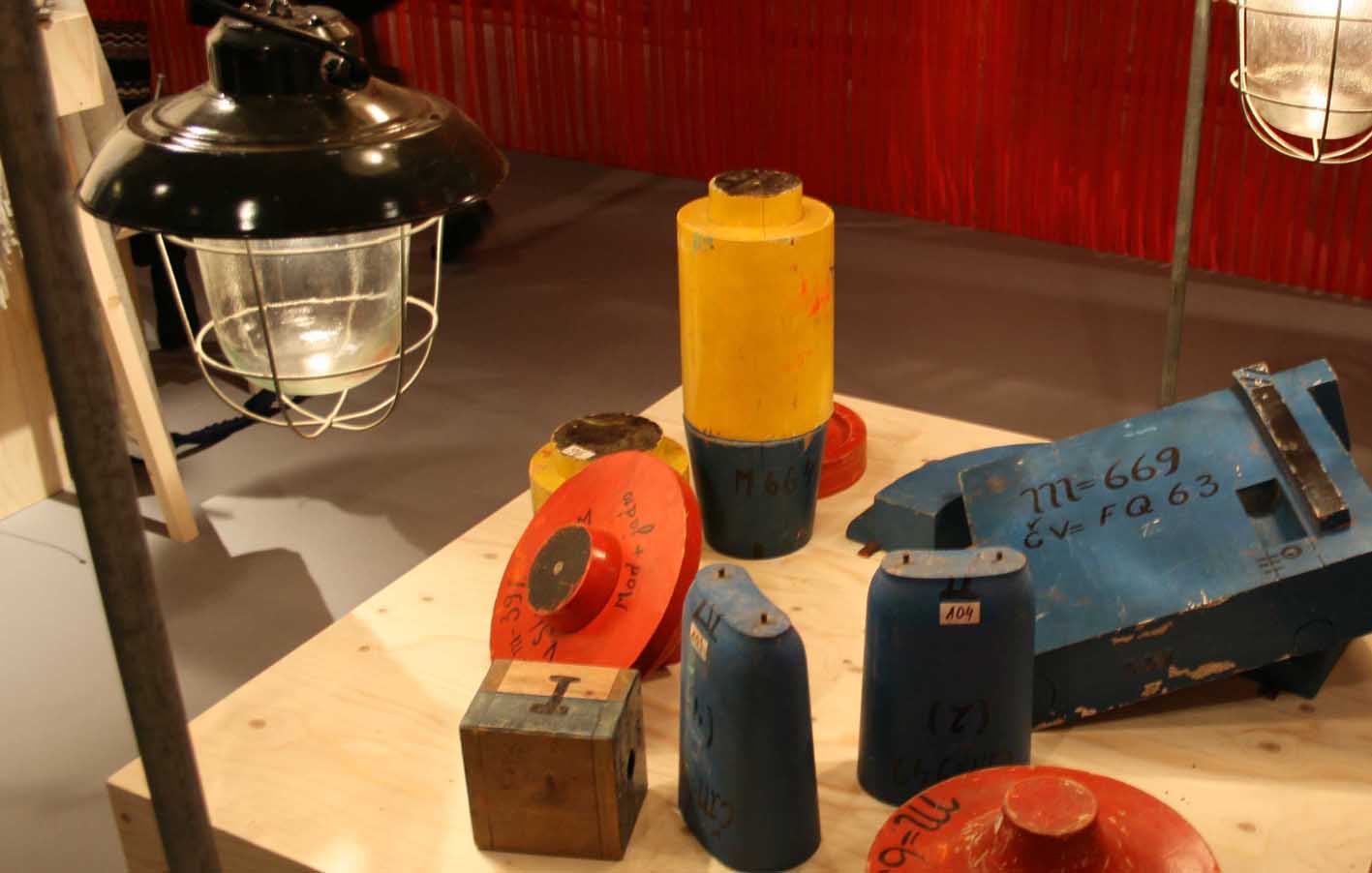
Devan upgrades health and wellness range
Opinion


A record number of exhibitors - 2,634 in total - took part in his year's Heimtextil show for home textiles in Frankfurt from January 11-14th. At the same time, the approximately 70,000 visitors to the show were slightly lower than in 2011, reflecting a decline in those from European nations particularly hard hit by the debt crisis - notably Italy, Spain, Greece, France and The Netherlands. By contrast, there was an increase in the number of visitors from Russia, the Middle East

19th January 2012
Adrian Wilson
|
A record number of exhibitors - 2,634 in total - took part in his year's Heimtextil show for home textiles in Frankfurt from January 11-14th.
At the same time, the approximately 70,000 visitors to the show were slightly lower than in 2011, reflecting a decline in those from European nations particularly hard hit by the debt crisis - notably Italy, Spain, Greece, France and The Netherlands. By contrast, there was an increase in the number of visitors from Russia, the Middle East, Turkey and the Far East.
Germany itself, of course, has been largely unaffected by the debt crisis, and the country's home textile sales grew by 4.6% in 2011. The German spend on home textiles this year is also predicted to grow to an average of €242 per household this year - up from €224 at the last count in 2010.
As far as trends in interior design are concerned, the four themed showcases at Heimtextil this year were entitled Colour Riot, Dark Lux, Craft Industry and Split Clarity, which between them offered an almost endless range of options.
Designer Heike Dietz explained that the key was to go down one or other of these routes, with Colour Riot, for example, emphasising pure colours with an absence of monochrome, while Dark Lux suggested the opposite.
Perhaps most interesting was the Craft Industry display, with its emphasis on the reworked and recycled, and the strategic positioning of found and discarded materials.
With 2,634 companies all competing for attention, it's somewhat difficult for companies to differentiate at the Heimtextil show. Differentiation, however, is often the key to long-term success, and one that has been taken to heart by fibre producer Trevira, which notably occupies its own mezzanine space, separate from the halls at the Messe Frankfurt fair.
Since its launch over 30 years ago, the Trevira CS brand in particular has become one of the leading trademarks in the flame retardant home textiles and contract furnishings markets. At a special customer event during Heimtextil, Lorenz Wied of leading consultancy Trout Partners emphasised the often underestimated value of such a brand position.

The problem many companies face, he said, is in the clash between value creation and growth, with an estimated 50% of companies destroying as much as 80% of potential inherent brand value through pushing too hard and quickly for increased bottom lines.
"Companies often spend too much time scrutinising the numbers, and not the business itself," he said. "Differentiation and uniqueness are more important than market share and growth and this core competitiveness should drive strategies. Instead there has been a creeping commoditisation as companies become more and more similar.
"Nowhere is this better illustrated than by the banks, because Wall Street drives growth at the expense of differentiation and the result is meaningless slogans and nothing to choose between them. As a consequence, where soaps, for example, can claim very high degrees of customer recognition from their brand images and slogans that for banks is almost zero."
Successful ingredient branding, Wied suggested - as exemplified by the likes of GoreTex, Teflon and Lycra, as well as Trevira CS - is even more valuable, if harder to achieve.
"It gets the company's message across to the end-consumer and as such, really has to stand for something in terms of quality and the perception of added value," he said. "Once a slogan's out there, it should never be changed - as long as it's good in the first place."

Trevira - which was recently taken over by Indorama and Sinterama - is intending to further drive the value of this brand by implementing an ‘air miles' type of loyalty system for its customers, the Trevira CS Club, with silver and gold status packages of market support.
Trevira CEO Robert Gregan announced that the company would be devoting €1 million to co-operative projects with customers as part of this new marketing approach.
![]()

Business intelligence for the fibre, textiles and apparel industries: technologies, innovations, markets, investments, trade policy, sourcing, strategy...
Find out more